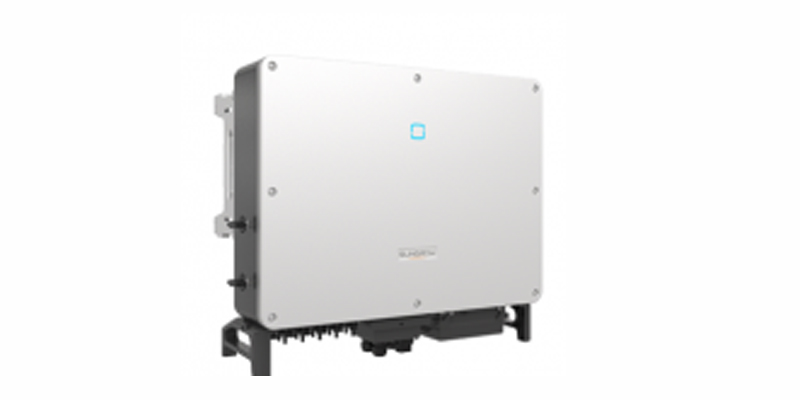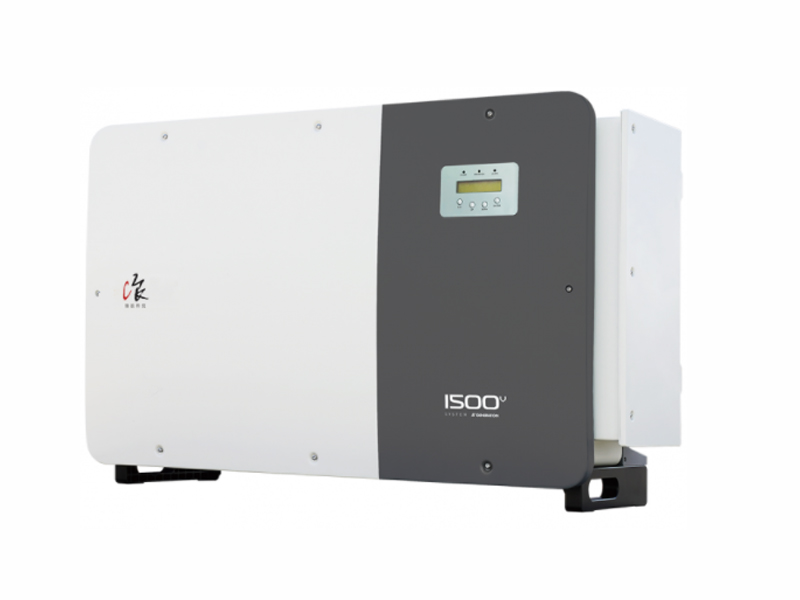With the huge and popular household photovoltaic market, more and more photovoltaic companies and dealers are involved in it. Of course, there will be various problems in the process of household photovoltaic power generation, and "sickness" is unavoidable. How do diagnose and treat these minor problems? The following is a summary of common problems and solutions for household photovoltaic inverters.
1. The indicator light of the PV inverter is not displayed
Failure Analysis: There is no DC input, the inverter LCD is powered by DC.
possible reason:
(1) The component voltage is not enough. The working voltage of the inverter is 100V to 500V. When it is lower than 100V, the inverter does not work. Module voltage is related to solar irradiance.
(2) The PV input terminals are reversely connected. The PV terminals have positive and negative poles, which must correspond to each other and cannot be reversed in series with other groups.
(3) The DC switch is not closed.
(4) When the components are connected in series, a certain joint is not connected properly.
(5) A component is short-circuited, causing other strings to not work.

Solution
Use the meter voltage range to measure the DC input voltage of the inverter. When the voltage is normal, the total voltage is the sum of the voltage of each component. If there is no voltage, check whether the DC switch, wiring terminal, cable joint, component, etc. are normal in sequence. If there are multiple components, they should be connected and tested separately. If the inverter has been used for some time and no cause is found, the hardware circuit of the inverter is faulty, you can contact the manufacturer for after-sales service.
2. The photovoltaic inverter is not connected to the grid, and the screen shows that the mains is not connected
Fault phenomenon: the inverter is not connected to the grid, and the screen shows that the mains is not connected
Fault analysis: Inverter and grid not connected
possible reason:
(1) The AC switch is not closed.
(2) The AC output terminal of the inverter is not connected.
(3) When wiring, loosen the upper row of inverter output terminals.
Solution
Measure the AC output voltage of the inverter with the voltage range of the multimeter. Under normal circumstances, the output terminal should have a voltage of 220V or 380V. If not, check whether the terminals are loose, whether the AC switch is closed, and whether the leakage protection switch is disconnected.
3. The screen shows that the PV voltage is high
Fault analysis: DC voltage is the too high alarm
Possible cause: Too many components are connected in series, causing the voltage to exceed the voltage of the inverter.
Solution
Because of the temperature characteristics of components, the lower the temperature, the higher the voltage. The input voltage range of the single-phase string inverter is 100-500V, the recommended voltage after the string is between 350-400V, and the input voltage range of the three-phase string inverter is 250-800V. Between 600-650V. In this voltage range, the efficiency of the inverter is high, and it can generate electricity when the irradiance is low in the morning and evening, but the voltage will not exceed the upper limit of the inverter voltage, causing an alarm and shutdown.
4. The screen shows that the PV insulation resistance is too low
Fault analysis: the grounding insulation resistance of the photovoltaic system is less than 2 megohms
Possible reasons: There is a short circuit of wires to the ground or insulation damage in places such as solar modules, junction boxes, DC cables, inverters, AC cables, and terminals. Loose PV terminals and AC wiring housings, allowing water to enter.
Solution
Disconnect the power grid and the inverter, check the resistance of the wires of each component to the ground in turn, find out the problem and replace it.
5. The screen shows that the output leakage current is too high
Fault analysis: too much leakage current
Solution
Remove the PV array input and check the peripheral AC grid. The DC and AC terminals are all disconnected, and the inverter will be powered off for more than 30 minutes. If it can be restored by yourself, continue to use it. If it cannot be restored, contact the after-sales technical engineer.
6. The screen shows that the mains voltage is out of range
Fault analysis: The grid voltage is too high. When the grid impedance increases, the photovoltaic power generation user side cannot digest it, and when it is sent out, the impedance is too large, causing the voltage on the output side of the inverter to be too high, causing the inverter to shut down for protection or derating.
Solution
(1) Increase the output cable, because the thicker the cable, the lower the impedance.
(2) The inverter is close to the grid connection point, the shorter the cable, the lower the impedance.

 online service
online service +86 592-5211-388
+86 592-5211-388 info@esolarfirst.com
info@esolarfirst.com sales004_solarfirst
sales004_solarfirst sales12_solarfirst
sales12_solarfirst sales10_solarfirst
sales10_solarfirst +86 18959208686
+86 18959208686